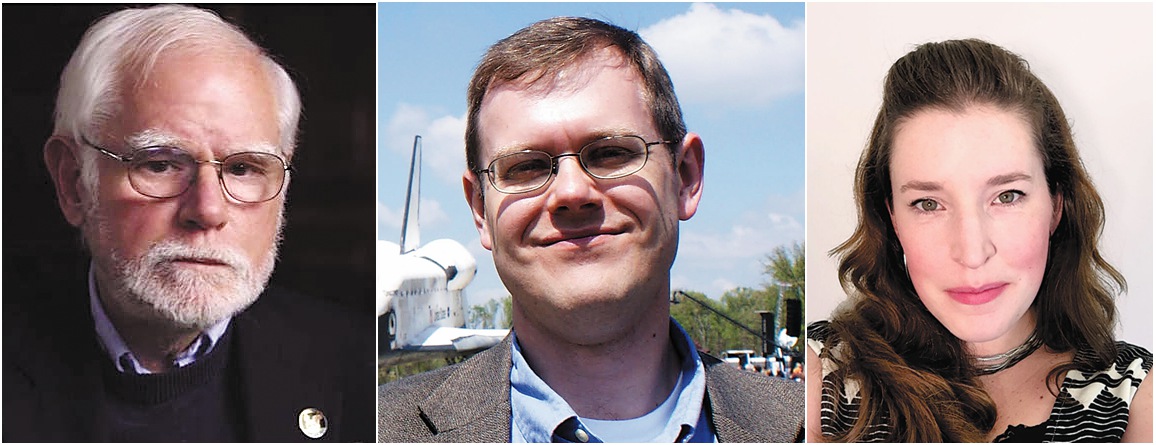US analysts call for more cooperation in space
By ZHAO HUANXIN in Washington | China Daily USA | Updated: 2019-01-15 00:24

PROVIDED TO CHINA DAILY
Following China’s pioneering soft-landing of the Chang’e 4 spacecraft on the far side of the moon, US space analysts have lauded the success while underscoring planetary and space science as an international endeavor that calls for enhanced cooperation between countries.
“Landing on the far side is a major step forward in our exploration of the moon and will hopefully open the door to future missions by the international space community,” said Briony Horgan, assistant professor of Earth, atmospheric and planetary sciences at Purdue University in Indiana.
Horgan said she was impressed by the Chinese spacecraft that support the surface and orbital observations.
“Using satellites, microsats, landers, and rovers together in one mission is a model that I hope other agencies will adopt for the future,” she said.
Jeff Foust, a space industry analyst in the US, said the fact that NASA Administrator Jim Bridenstine sent a congratulatory tweet on the success of the Chang’e 4 mission “can only help the prospects for improved cooperation between the US and China in space”.
Foust, also a senior writer at the US print and online publication SpaceNews, said cooperation enables countries to do more than they can individually.
“In the short term, that means sharing data from separate missions, but in the longer term it could expand to joint missions that are more ambitious, and more expensive than countries can do on their own,” he said.
James W. Head, a professor of geological sciences at Brown University, said he was sure that international scientists will be excited to learn about the Chang’e 4 scientific findings and incorporate them in their work.
“The moon is a big place with lots of exciting questions to pursue, and there is lots of room for individual countries to have specific national lunar exploration programs,” Head said.
“But it would be in no one’s interest if we all duplicated each other’s work. Coordination, collaboration and cooperation are among the many ways that we can work to optimize the scientific and fiscal outcomes.”
Head, who once worked on NASA’s Apollo program, said the Chang’e 4 mission is a historic step in the Chinese Lunar Exploration Program, successfully landing on the lunar far side in a large crater (Von Karman) within the largest, most ancient impact basin on the moon.
These craters and basins are “drill holes” into the lunar interior below the crust, and this region has been of scientific interest for decades, ever since the discovery of the basin by the orbiting Soviet Union’s Zond spacecraft over 50 years ago, he said.
“I was pleased to be included by my Chinese colleagues in the geological analysis of the candidate landing site for Chang’e 4,” Head said.
Asked if he was still hopeful for greater China-US space cooperation, he said: “There are always political tensions between countries. But the fact that the US-Soviet Cold War ended in an International Space Station with American astronauts being launched on Russian rockets, and very close cooperation, gives hope for future cooperation. Many policymakers see it as a way to reduce tensions.”
























